The Beginning (2003-2005)
2003!!! When we returned to Brazil from the USA, we decided to invest in a farm in Bahia with the intention of looking at five basic features:
- Eco-friendly: a lot of forest, lots of green, lots of water…
- primitive, but idyllic, …
- with easy access …
- no more than 100 km from Salvador and …
- BEAUTIFUL!!!
We looked for it everywhere, North, South and West (East has the Ocean) of Salvador. We visited close to 70 farms and none contained the characteristics we were looking for. Maybe such a place did not even exist, or we put our expectations for such a place far too high.
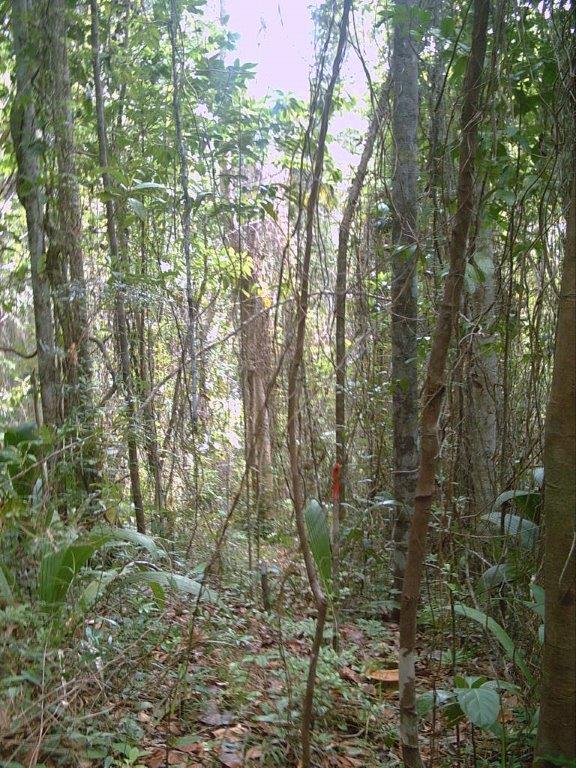

It was frustrating, but two years later, at the end of 2004, we found the first farm that met our expectations and our priorities: the Jambeiro.
Composed of a conglomerate of five farms and measuring approximately 750 hectares, this area was ‘abandoned’ by the owner 15 years before. Inside this area, we found perennial streams, lakes, plains, luxuriant forests, and all with stunning views of the ocean from the top of the first hills of the continental shelf. From the highest hill, where we immediately planned to build the main house, we could see at our feet the outline of Salvador in the distance (32 nautical miles away).
Then on the right, the Morro de São Paulo island. Then, the more than a mile wide rivers of Rio Da Dona and Jaguaripe, the immense church in the town of Jaguaripe town… and for 180 degrees, the immensity of the ocean… all at our feet!
And a waterfall more than 60 meters high! The amazing Cachoeira do Urubu.
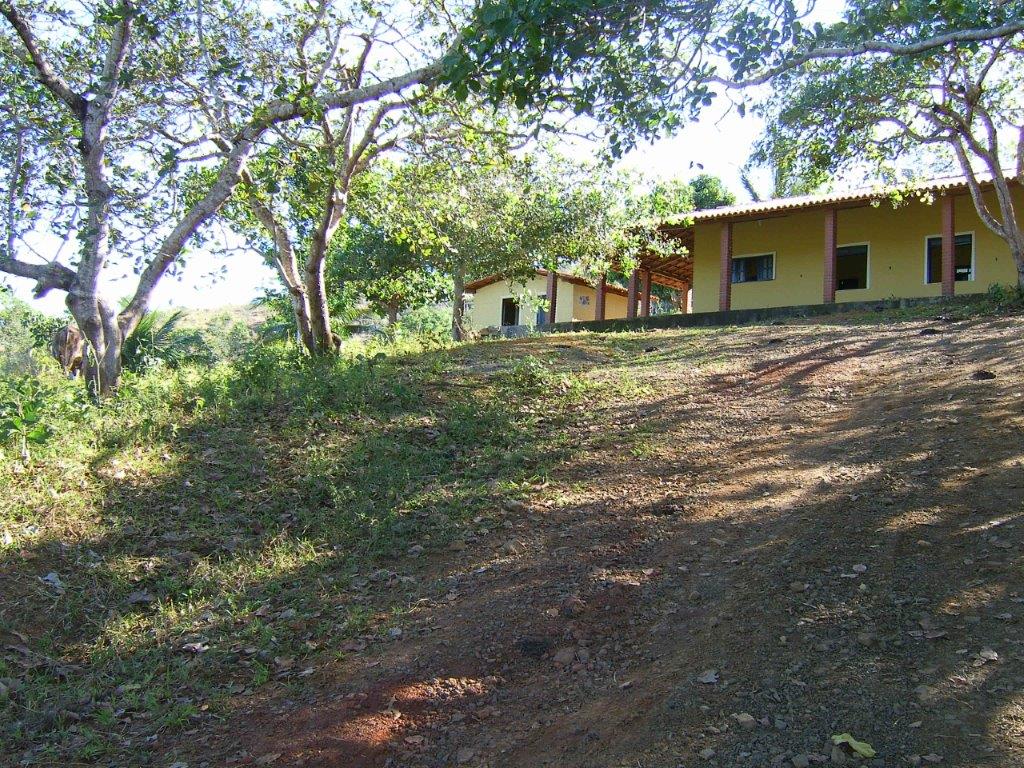

And all of it nestled inside the Atlantic forest, under huge trees, in a landscape absolutely beautiful and pristine. Our love for it was instantaneous: we assumed the role of stewards and protectors of this piece of paradise! We discovered all the trails in the forest. There are still traces of where the troops of donkeys carrying supplies to the interior walked and then returned with gold, wood or sugar cane.
Numerous sugar cane farms circle the surroundings of the forest, almost all with old houses dating from the 17th century and some still with ruins of slave enclosures. Numerous tracks linked paths where slaves with the ‘galeras’ at Bernardo, a village where slaves were raised and sold in the 1800s were found. Mother Bernarda, a freed slave who became a psychic and healer, a sort of saint known only in this area, a mythical symbol of freedom and pride for the local descendent is revered in the area. We even found the remains of her home, in a protected place of the forest, near the Sucupira creek, less than 500 meters from the home of the Colonel of the region.
Today, the forest we found remains pristine: no one hunts, fishes or cuts a single tree. A security guard protects this area. He patrols the woods weekly to impose these rules: the forest is our gem and must be preserved at any cost.
2005!!! We bought almost 2700 hectares of it!
We bought every piece of forest to preserve it and there it is.
Since those years the forest has recovered, native animals have returned, fish and crabs repopulated the Tirirí and today this is the jewel of our farm: a piece of original Atlantic forest.
However, the farms we bought was not only forest. Its margins were surrounded with open farm areas, used by locals mainly for subsistence crops. They eventually abandoned those areas.
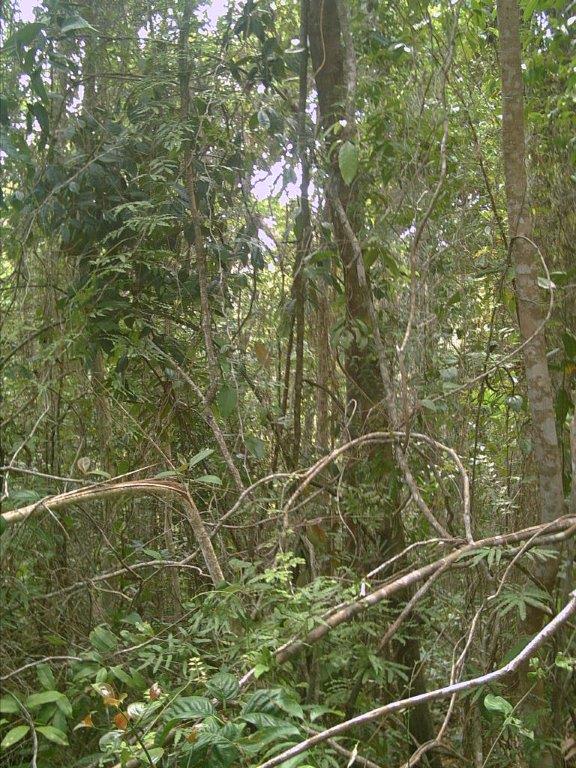
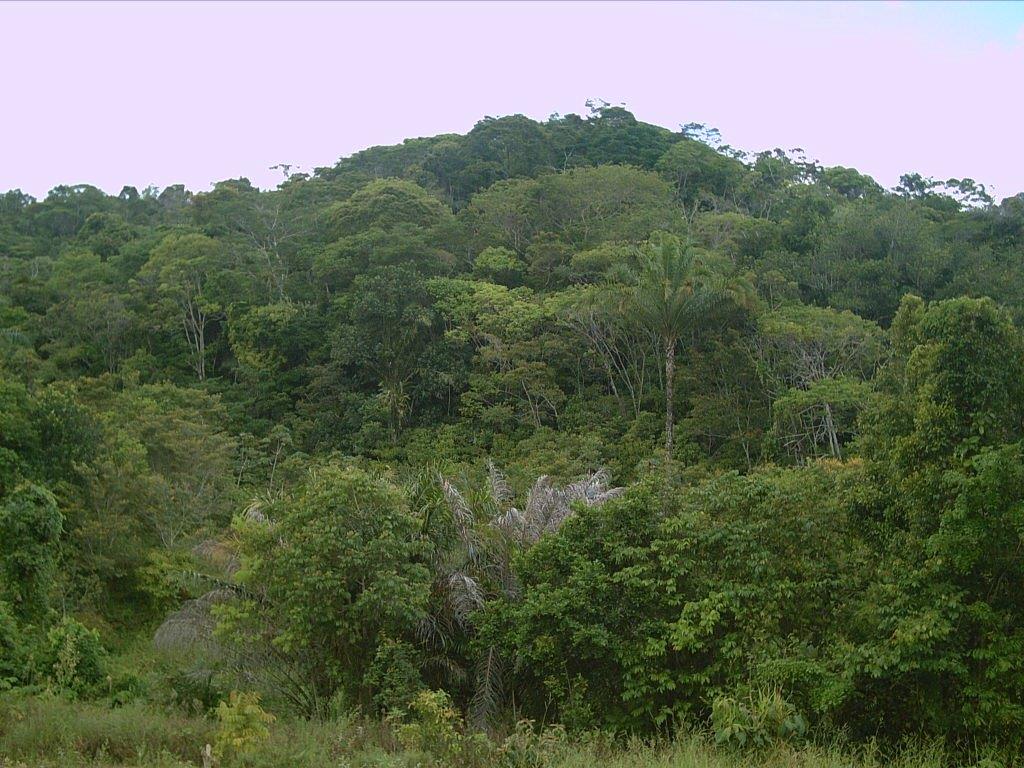
Almost 400 to 700 hectares of these lands were at our disposal, but we were not able to give a rational and valid destination to these areas. We knew that if we left such areas without use, our absence would instigate possible invasions or, at least, would have been used as a common ground for people to hunt animals and birds, fish or cut down trees.
We had to give a destination to these lands. Costs soon started to pile up: who says that to protect nature is a cheap job!! It’s not only to have a guardian, but insurance, equipment, government tolls for the unused land, legal issues, and a host of expenses started to drain our funds: the long term survival of our protected land was at stake. We even thought to make the forest an APA, That is government protected land, but that would have entailed several restrictions in the event of making an Eco-resort.
And our entrepreneurial energy and business instincts kicked in. We had to reinvent ourselves, redirect our lives away from consulting, strategies, business meetings, and embrace a new exciting life project! A new design for a new life!
 But one step at a time: We had to decide which crops were viable in this part of the world. What should we to do first. How could we occupy this expanse of land and woods and rivers and mangroves rationally We were faced with a question of prehistoric origin: how do you eat an elephant? SLOWLY! The answer is slowly.
But one step at a time: We had to decide which crops were viable in this part of the world. What should we to do first. How could we occupy this expanse of land and woods and rivers and mangroves rationally We were faced with a question of prehistoric origin: how do you eat an elephant? SLOWLY! The answer is slowly.
And so we started to think … and think … and as good first-timers, starting from absolute basics (like where to sleep, how to cook a meal, how to live with candlelight, build roads to the house, avoid animals of all species to crawl inside everything…), we knocked heads at every turn, we had to kill dragons on a daily basis… we had to learn life anew.
We explored carefully every single inch of our far. Then we expanded to the surrounding land. Then to the territory of the county of Jaguaripe. And we looked at the scant records of rain falls, temperatures, humidity, subsoil, geology, the microclimate, the impact of the forest on crops… we even thought of making a survey of the place, but gave up when confronted with its complexity and costs. What a new world!!
We considered the planting of innumerous crops that would sustain the financial costs for the future. We explored innumerous cultures, from the cloves of tomatoes, bananas to apples, oranges to tobacco, exotic fruit and exotic flowers. What a complex hunt! We contemplated filling the pastures with cows, camels, ostriches, sheep, llamas, horses… even worms in unfettered grasses. Amazing quest!
We spoke to innumerous local farmers, researched in books, magazines, discussed with researchers at EMBRAPA, visited plantations of all kinds, in all sort of environments, to gauge the pros and cons of each possible culture, its productivity, the historical prices, their market potentials.
We modeled every culture that seemed interesting, deepening the economic issues, market, costs and investments.

Then sat nights, with light that was coming from solar plates and huge batteries, with our guru and technical counselor, Paulo Reis, agronomist of national fame, discussing each finding, reviewing each hypothesis… for months.
It was an instructive, but and confused period, full of doubts, regrets and fears. But we stuck to the initial dream to invent new lives anew and open new horizons in a new land. An initial activity that gratified us instantly was to start a vegetable garden. With no electricity at our base, the Yellow house being reformed, searching for a water spring to give us drinking water… it filled the day from 6 a.m. and to 6 p.m.
 Over the weeks and months of this initial period, most of our time was used in exploring the immense holding, running all the rivers and valleys and corners of the farm, looking for usable areas for fishing, ecotourism, plantations, even establishing the limits of Peralba with other surrounding farmers.
Over the weeks and months of this initial period, most of our time was used in exploring the immense holding, running all the rivers and valleys and corners of the farm, looking for usable areas for fishing, ecotourism, plantations, even establishing the limits of Peralba with other surrounding farmers.
Then we started to fence the potential fields with barbed wire. Then we informed hunters, who for years considered the area as their playing ground and still visited the forest while we were there!, that we were the new kids on the block with new rules… and convince them with tenderness and affection to stop immediately such sport. Then we moved to ask our neighbors (always with affection and tenderness) to stop fishing (particularly in certain periods of the year when they spawn), that logging of trees from our land was bad practice even if they need to build their roofs.
Than that capturing wild animals was cruel – particularly certain birds that they would blind so that they would sing longer and louder in horrendously small cages – and that they had to stop such commerce (even if that was unimpeded for years of abandon by the previous owners). We invoked the wrath of IBAMA, the feared federal government organization, known to act with swift fines and imprisonment (and even worse practices from our part) if they continued their habits… at times with little results… little overall effect really… So, we resorted to the services of our messenger, the famous Raimundo. That did it.
Such decision proved to be the most effective deterrent of all: after he ‘advised’ (always with affection and tenderness) that the rules had changed, the invasive behavior by all invading parties waned (very) quickly and effectively.
It was not easy. It took a while, but we were convincing.
That allowed us to take ownership of the territory.
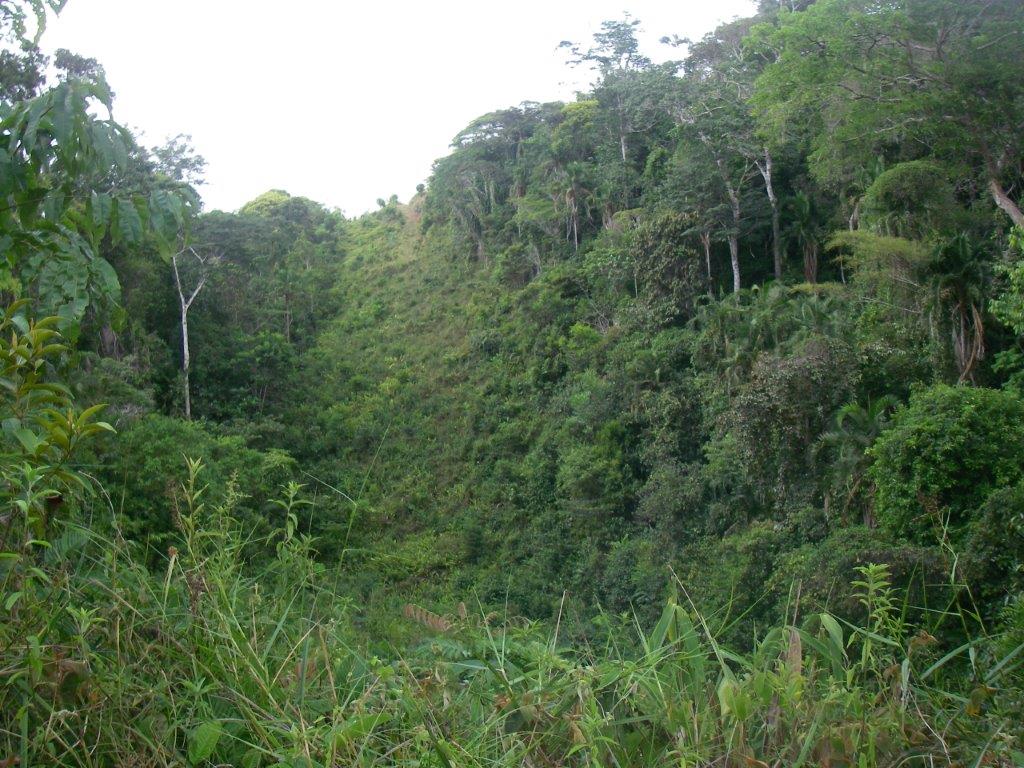
Then we started to dream eco-resort projects and luscious cultivated fields of any kind our fantasy was able to produce. Then back to modeling all those ideas on the computer to assess the viability of each hypothetical culture. The question to which we had to give a solid response was: how to ensure the protection of the forest for future generations while deal economically with such a big space with so great productive potential? In other words: what to do with it all! Yes, that was the issue at the time.
And time was always short. The days were short!

The next step was to test the feasibility of agricultural crops, which showed to be most attractive: cow farming, citrus fruits and coffee.
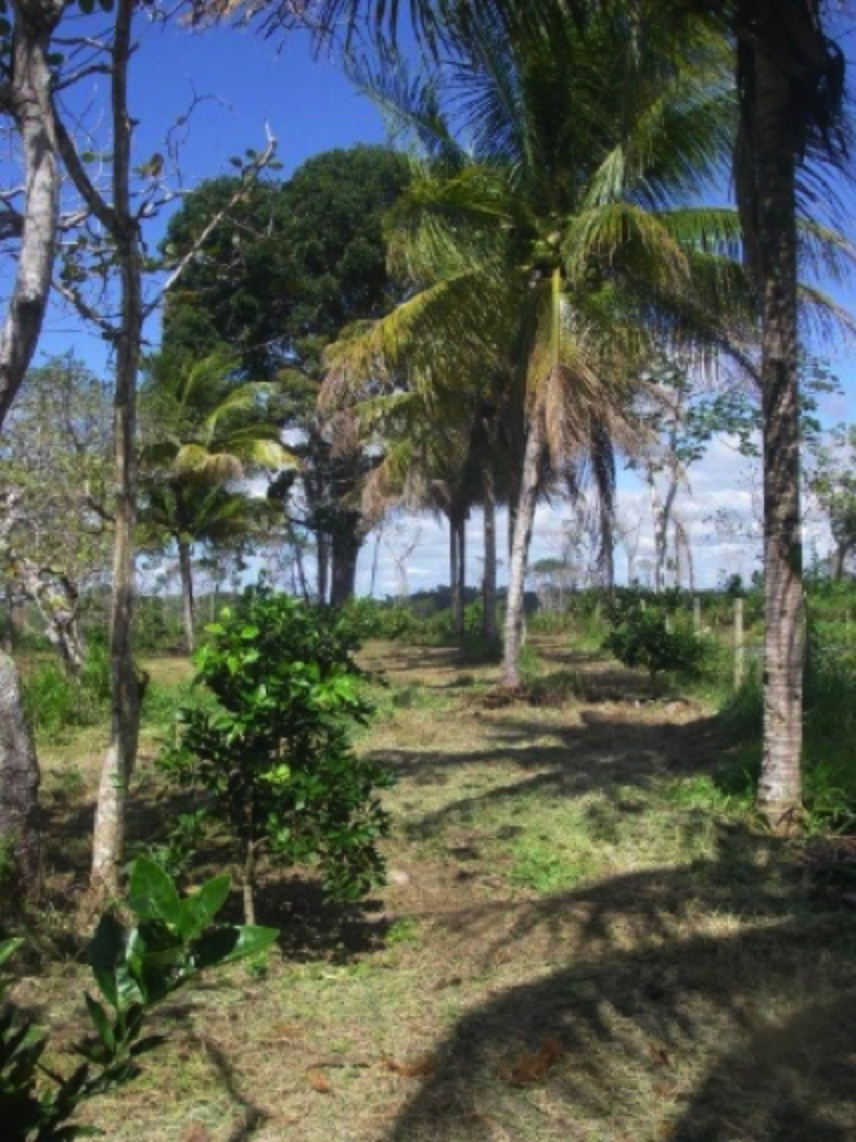
The hypothesis of a citrus fruit plantation brought more questions than answers. This was a predominant culture around us: Cruz das Almas and Mangabeira had over 12000 hectares of lemon planted by small farmers. The largest farms, four in total, were areas dedicated to citrus fruit of 60 to 80 hectares. The markets were interesting, particularly those of Tahiti lime, which grew between 3% to 7% per year, for the previous 15 years. Coupled with predictions made by overseas organizations that demand would continue to grow for many years – or explode, if Coca-Cola introduced in their propaganda in Europe a slice of Tahiti lime to its drinks as in Brazil – It never happened, but the market kept growing nevertheless between 3% to 5% every year for the past 11 years since then.

Everything seemed to stop at 6 p.m., as soon after as the sun goes down. There the team gathered, Miriam (our house keeper now) cooking and taking care of us, Seu Antonio, our manager at the time, fantasizing hordes of cows and calves (he was a cows farmer), Paulinho with his prudent counsels bringing us back to earth with our ideas, while the night ended after a few games of cards. At 8 p.m. everybody was asleep.

Coffee is a well-established culture in the region of Valencia. For the most part, placed in areas with small slopes similar ours, these crop is cultivated by numerous small farmers. We visited and became friend of a local farmer, some 22 km away from us, who had been farming for years and had good results: that gave us the peace of mind of knowing that this crop was well adapted to local characteristics. Business numbers were (and are) interesting: an area of five hectares was sufficient to pay in three years all investments in warehouses and processing and storage structures. For a 50 hectares farm that we had in mind… it started to make sense. We started in 12 hectares.
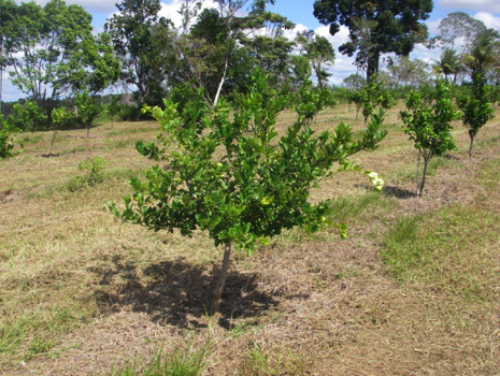
But we didn’t have in house experience none of these crops. Maybe with cow farming we could make it, as our manager at the time had 20 years’ experience, but that was all: for hundreds of years the culture of the place was (and is still today) of cassava and, at best, of ainpim, two roots from which locals extracted a kind of flour.
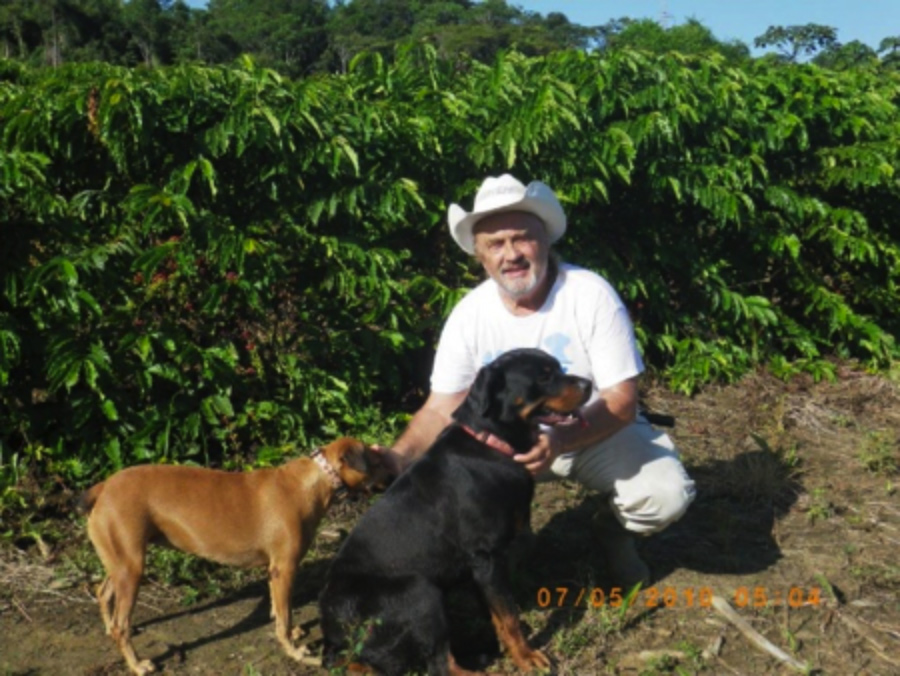
That is when we designed three lines of action:
Keep the current products and improve them, and try everything that was at least interesting.
Start the livestock and coffee as the harmonious and natural ‘ cultures ‘ for our area. Deepen our knowledge on what seemed a great opportunity: the Tahiti lime.. and we planted 10 hectares.

During this period, we started a veggie garden. In Peralba Italia, in an area of almost a hectare, we planted it all: lettuce, tomatoes, cucumbers, radishes, beans, etc. 22 types of vegetables. As we had little light, with small drops of electricity from four solar panels that we finally conceded essential to a better living, pissing into batteries that seemed to get empty always just before one could save the last work in the hard disk of the laptops… we were reassured by a healthy table, an incredible abundance of vegetables from the veggie pad and some sort of inner satisfaction of surviving in a self-imposed fairly primitive world.
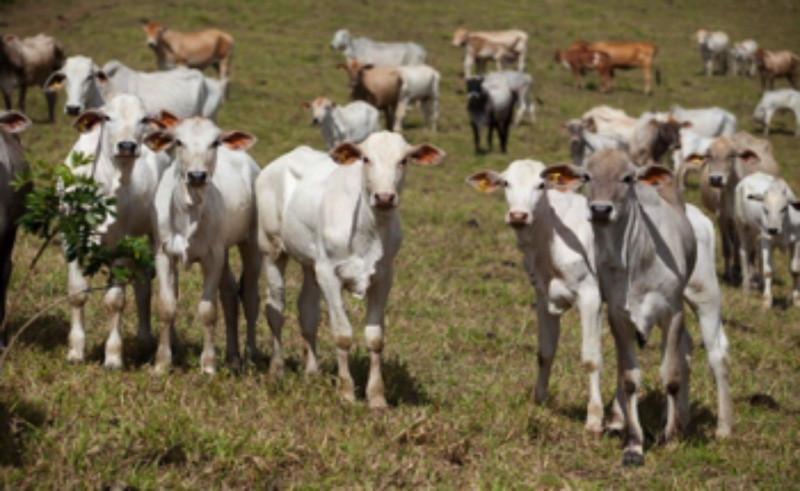
Cow farming also revealed itself as a spontaneous and natural solution for the use of deforested areas. All we needed was to (just!!) recuperate the grass. And also build a corral… and surround the pastures with barbed wires… and hire a cowboy with a helper take care of up to 500/600 animals… and create electric fences, and manage the animals from one lot to the next… oh, and attend to their veterinary needs… select the right animals, carry them in enormous trucks from 500 miles away to our lands, unload them without braking legs of the animals )and of the attending humans)… raise 12 horses for the cowboys to attend the herds in daily rotation… prepare the houses for the cowboys (with electricity, running water, toilets, the lot), and… and the model indicated small margins, and so we were to work with tight budgets and close supervision…. and the Earth was already ours. It made sense too… had we known better! Anyway, we opened 550 hectares of pasture.

Basic questions needed to be answered: will this region, climate, soil, pests, rain, sun, transport, labor, markets be in favor of such products? What the critical factors for the success of possible investments in these cultures? What the opportunities? What challenges?
The solution we found was to respond through a real experiment: the experimental Orchard of citrus plants.
We put on the floor more than 1200 seedlings of all kinds of oranges, mandarins, lemons and limes produced in Brazil … and took care of them for almost three years.
It worked. Exceedingly well. The results on the field showed the propensity of the environment to these cultures, our simulations and modeling indicated that there were business opportunities for some of these products. The challenge was now to select selecting the ‘right one’.
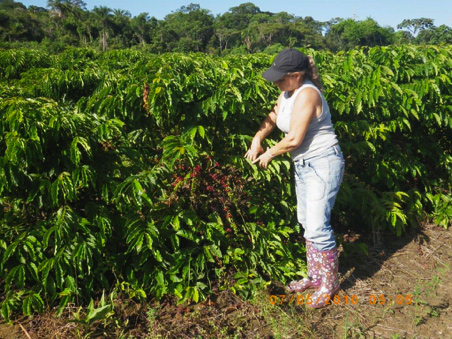
There were three years of confusion, but exciting and even the most exhilarating of our lives.
And with that, we began what later turned out to be the second phase of Peralba: the operating period of the Peralba, 2006-2010

.jpg)
.jpg)
.jpg)
.jpg)
.jpg)
.jpg)
.jpg)
.jpg)
.jpg)
.jpg)
.jpg)
.jpg)
.jpg)
.jpg)
.jpg)
.jpg)
.jpg)
.jpg)
.jpg)
.jpg)